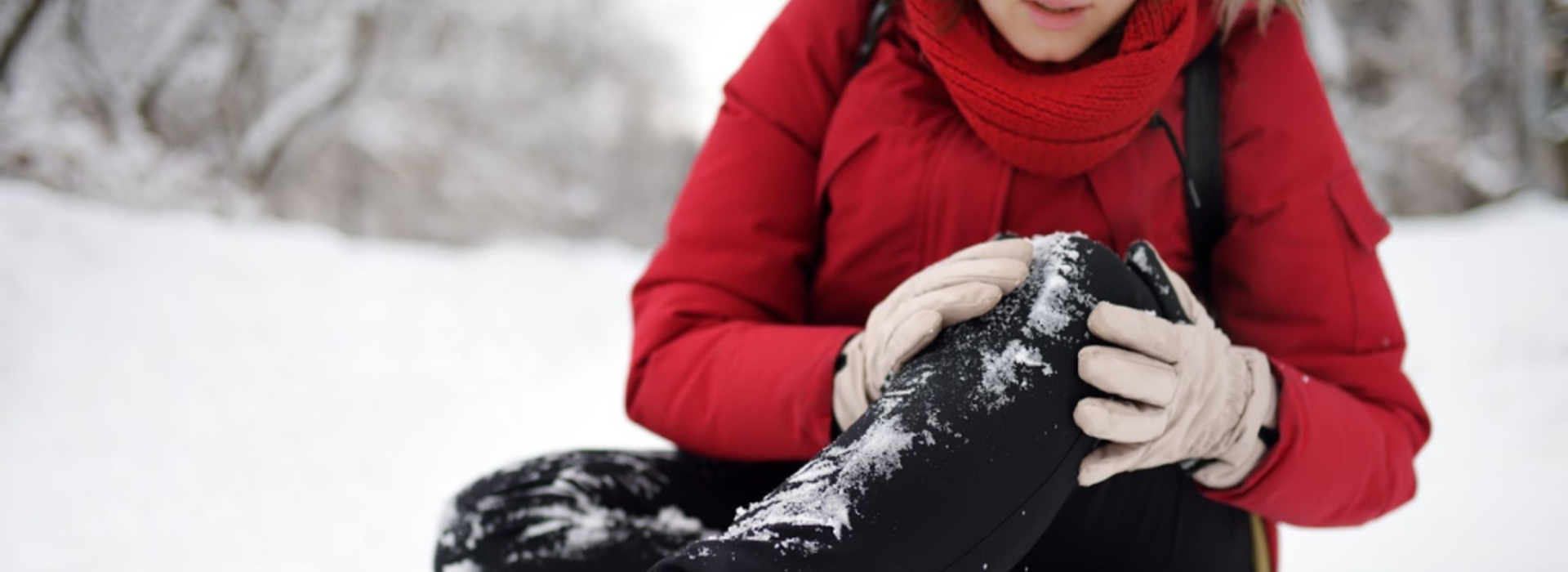
Talking how to avoid winter injuries with U of M
MINNEAPOLIS/ST. PAUL (01/26/2024) — As the winter season takes hold, winter-related injuries increase. Mahmood Gharib, MD, with the University of Minnesota Medical School and M Health Fairview, talks about common winter injuries and how to avoid them.
Q: What injuries are most commonly seen during the winter?
Dr. Gharib: A variety of injuries can occur during the winter. These can include:
- Slips and falls: Icy sidewalks, driveways and roads can lead to slips and falls, resulting in fractures, sprains, and bruises.
- Muscle strains: Cold weather can cause muscles to tighten, increasing the risk of strains. Shoveling snow, particularly, can lead to muscle injuries without proper technique.
- Hypothermia and frostbite: Prolonged exposure to cold temperatures can lead to hypothermia and frostbite. These conditions can cause serious harm if not addressed promptly.
- Winter sports injuries: Activities such as skiing, snowboarding, and ice skating can lead to injuries like fractures, sprains, and concussions
Q: How serious are spinal and head injuries?
Dr. Gharib: Whether mild or sever, spinal and head injuries require immediate assessment and treatment to minimize long-term damage and enhance recovery chances. The time between injury and treatment is crucial in limiting severity. Head injuries vary from mild concussions to severe traumatic brain injuries (TBIs), with symptoms ranging from headaches to paralysis. Seeking medical attention is critical, especially for loss of consciousness or persistent symptoms. Spinal injuries, especially involving the spinal cord, can lead to varying impairment levels, requiring immediate medical attention and ongoing care, including rehabilitation and, in severe cases, surgery.
Q: What prevention measures should individuals take when shoveling or using sidewalks?
Dr. Gharib: Be cautious on slippery surfaces; walk like a penguin by taking slow, flat-footed steps with a wide stance. Be aware of black ice near water runoff areas. Stick to designated sidewalks, avoid shortcuts through grass and dress warmly before shoveling. Use ergonomic shovels early and often during snowfalls, and pace yourself to avoid back strain. Remember to bend at the hips and knees, push instead of pull and limit excessive lifting when shoveling.
Know your limits and when to ask for help. If the snow is heavy or you have health concerns, consider asking for help or hiring someone to clear the snow. If you have a medical condition or are not accustomed to strenuous physical activity, consider seeking help or hiring professionals for snow removal.
Q: What extra safety measures should people take when sledding, skiing or snowboarding?
Dr. Gharib: Safety is paramount when engaging in winter sports. These extra safety measures can contribute to a more enjoyable and injury-free experience on the slopes. These activities should be done in appropriate and designated areas. Wear protective gear, including helmets. Helmets designated with a multi-directional impact protection system (MIPS) may provide additional protection. Avoid areas close to roads, fences or densely populated trees. Be mindful of others nearby — always sled feet first and make sure adults accompany children.
Be aware of your surroundings and respect snow conditions. Adjust your speed and technique based on snow conditions and be mindful of others around you to avoid collisions. Be cautious in icy or variable terrain. Learn proper technique for falls to fall safely and minimize the risk of injury.
Q: What do you find most fulfilling about your role as a doctor and a University of Minnesota faculty member, and how does it contribute to improving your outpatient outcomes?
Dr. Gharib: The medical field is dynamic, and staying informed about the latest research and treatments allows me to offer cutting-edge solutions to my patients. This commitment to ongoing academic work at the University of Minnesota is a key factor in optimizing outpatient care outcomes. However, the most rewarding aspect is undoubtedly the ability to make a meaningful impact on patients' lives. The trust they place in me and the opportunity to contribute to their well-being is both an honor and a source of deep satisfaction.
Dr. Mahmood Gharib is a physiatrist and Medical Director of the Spine Health Program at the U of M Medical School and M Health Fairview. He specializes in rehabilitation medicine, restoration of function, and a return to a high quality of life.
-30-
About “Talking...with U of M”
“Talking...with U of M” is a resource whereby University of Minnesota faculty answer questions on current and other topics of general interest. Feel free to republish this content. If you would like to schedule an interview with the faculty member or have topics you’d like the University of Minnesota to explore for future “Talking...with U of M,” please contact University of Minnesota Public Relations at unews@umn.edu.
About the University of Minnesota Medical School
The University of Minnesota Medical School is at the forefront of learning and discovery, transforming medical care and educating the next generation of physicians. Our graduates and faculty produce high-impact biomedical research and advance the practice of medicine. Visit med.umn.edu to learn how the University of Minnesota is innovating all aspects of medicine.